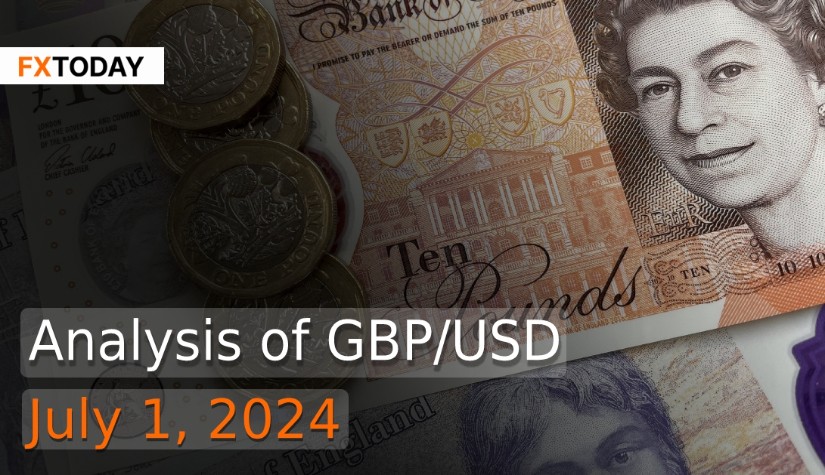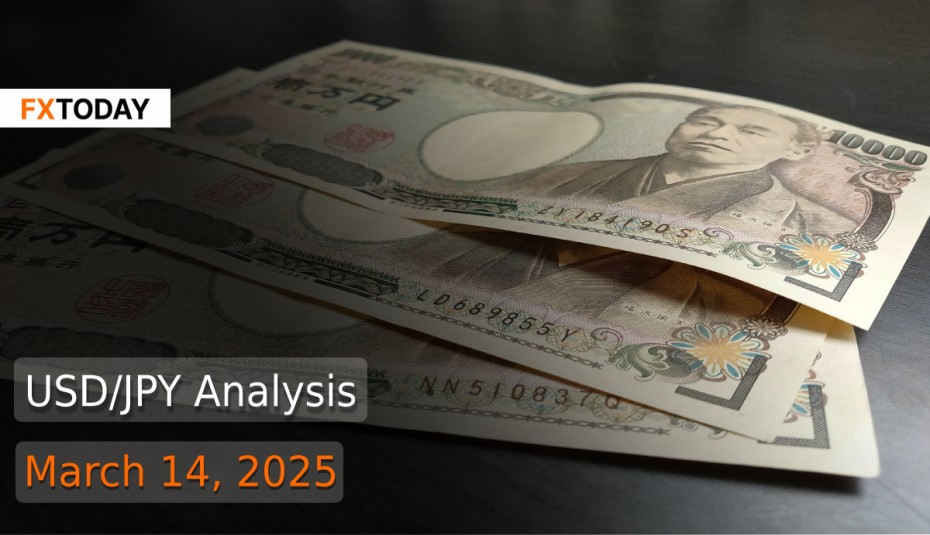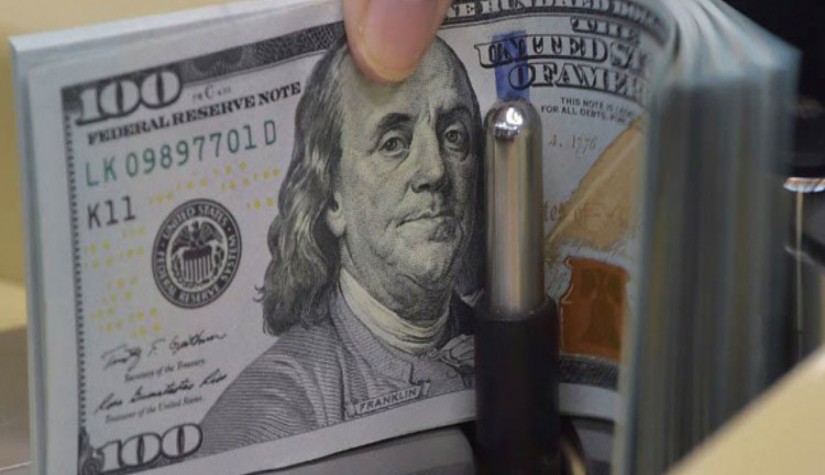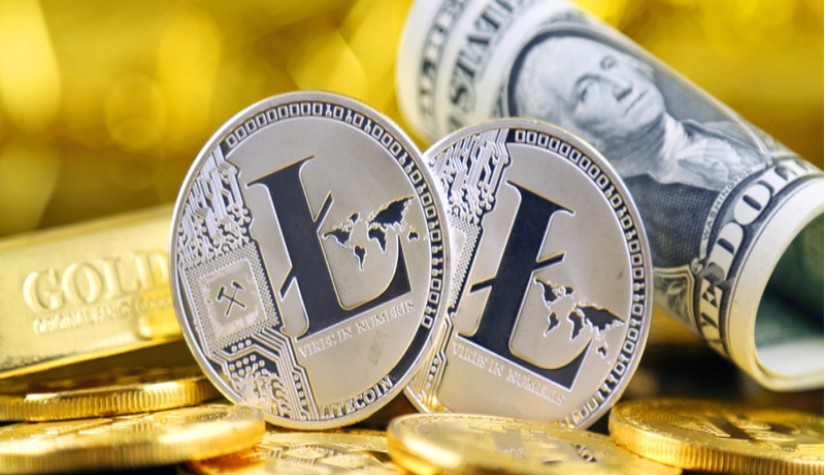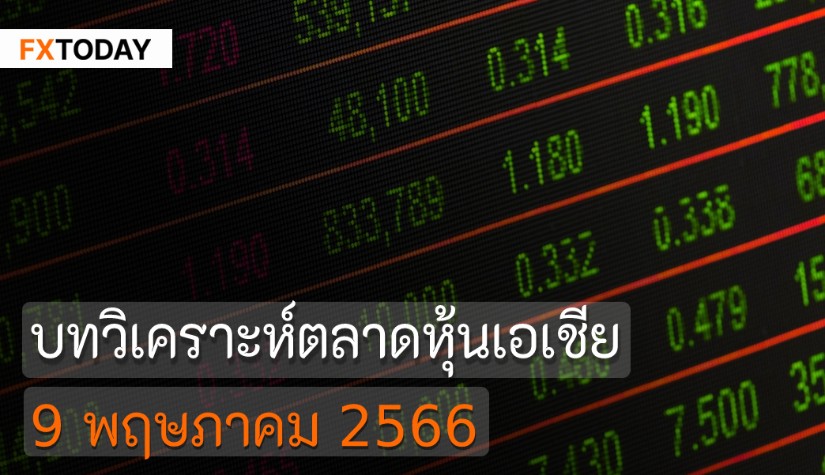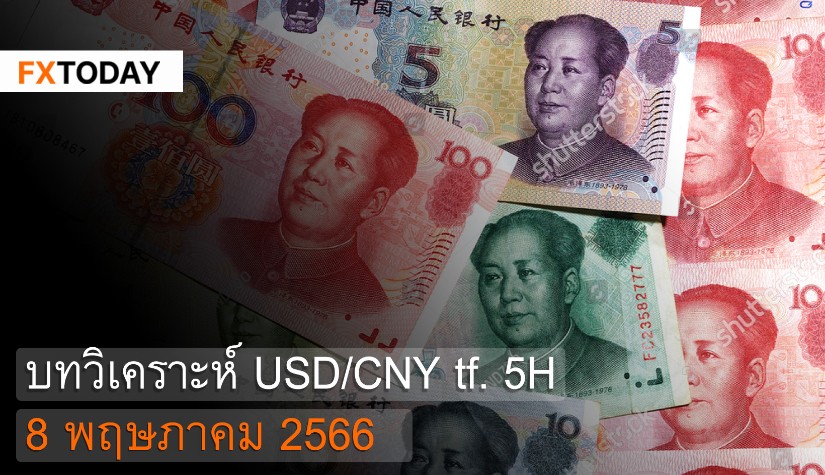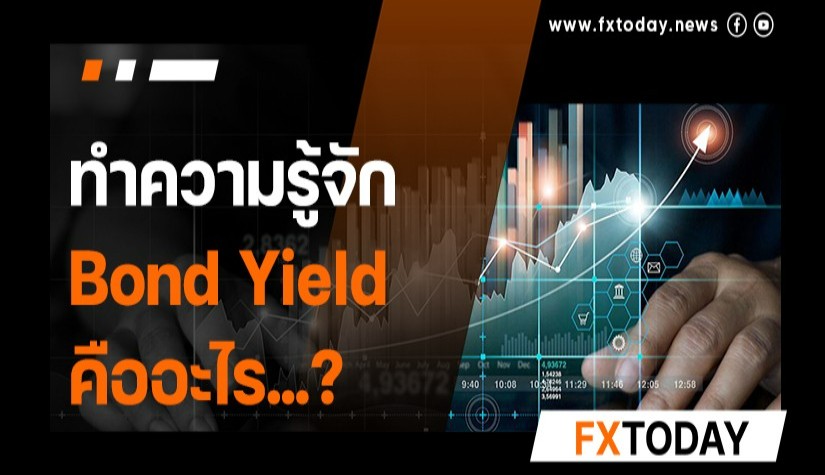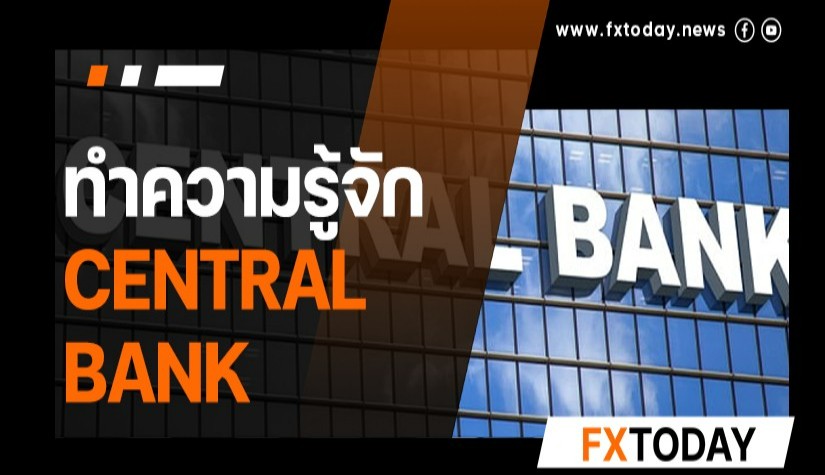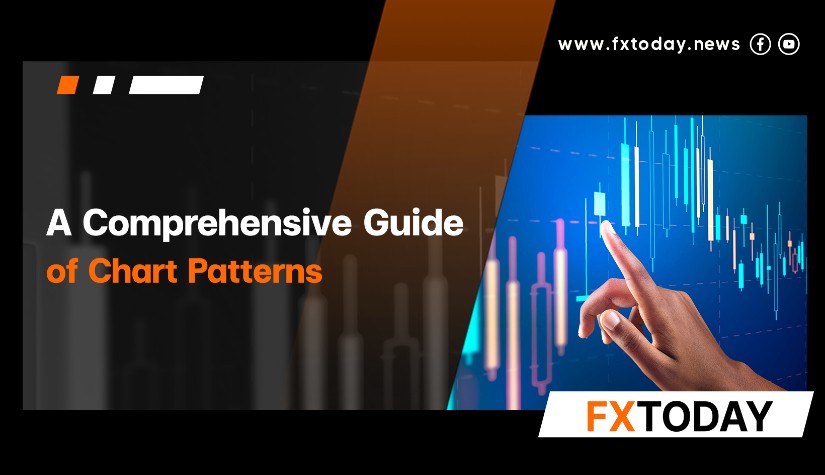BoE Rate Cut Expectations Fuel Pre-Election Rally in UK Stocks and Bonds
The Bank of England is expected to cut interest rates soon, likely in August, if inflation and wage data match the Monetary Policy Committee's May forecasts. This expectation has led traders to bet on an August rate cut, supporting a pre-election rally in UK stocks and government bonds, even though the central bank maintained rates at a 16-year high.
Following the Bank of England's decision, money markets increased the probability of an August rate cut to 44% and a September cut to 90%, encouraged by data showing UK inflation hitting the BoE's 2% target.
Investors believe that rate cuts will boost the UK economy and anticipate a significant win for the Labour Party in the upcoming general election, boosting sterling to pre-Brexit levels. This optimism marks a shift for UK markets, which have faced challenges since the 2016 Brexit vote. Revised data showed that the UK economy recovered from a recession faster than initially thought in early 2024, though the broader economic situation remains fragile.
Business expansion in the UK slowed to its lowest pace since the last recession, with many companies delaying major decisions until after the election. The UK economy grew by 0.7% in the first quarter of 2024, slightly higher than initial estimates. Nevertheless, the overall growth remains weak, contributing to the Conservative Party's electoral challenges. Real household disposable income has decreased since the last national election, reflecting the economic difficulties caused by the pandemic, inflation, and post-Brexit trade issues. The UK economy's performance since the last election has been among the weakest of the G7 nations.
Recent data shows a decline in British retail sales and a slowdown in supermarket sales growth, influenced by wet weather and lower food inflation. Despite a rise in starting pay for jobs, overall job availability has decreased, contributing to a mixed outlook for inflation.
The BoE's cautious approach to cutting interest rates is due to uncertainties about wage growth. High past inflation means rising wages have not yet improved economic sentiment. Some economists worry about long-term inflation due to the reduced job market participation since the pandemic. Despite these concerns, recent surveys show a slight improvement in manufacturing orders, though export orders have declined sharply.
British consumer sentiment reached a two-and-a-half year high in June, as optimism about the broader economy outweighed concerns over personal finances, according to the GfK consumer confidence survey.
British public debt rose to its highest share of the economy since 1961, reaching £2.742 trillion or 99.8% of GDP in May. Public debt surged during the COVID-19 pandemic and has been exacerbated by slow growth and high interest rates. Although recent borrowing was slightly lower than expected, the overall financial situation remains strained.
The U.S. dollar fell on Friday following data indicating that inflation in the U.S. eased last month, reinforcing expectations that the Federal Reserve will start cutting interest rates this year.
Data showed that the U.S. personal consumption expenditures (PCE) price index, the Fed's preferred inflation measure, was unchanged last month. Year-on-year, the PCE price index increased by 2.6% in May, down from 2.7% in April. This prompted a slight increase in the likelihood of a September rate cut to 67%, with markets pricing in one to two 25 basis point cuts this year.
Additional reports showed better-than-expected business activity in the Midwest, with the Chicago PMI rising to 47.4 from 35 in May, and improved consumer sentiment from the University of Michigan. Respondents expect inflation to stabilize at 3% in the near and long term.
Investors are now focused on this week's U.S. nonfarm payrolls report, with economists forecasting a gain of 195,000 jobs in June, compared to 272,000 in May. Recent data indicates easing labor market conditions, with first-time unemployment benefit applications declining and the number of people on jobless rolls reaching a 2.5-year high.
Business spending on equipment and exports also declined, contributing to a higher goods trade deficit. New orders for key U.S.-manufactured capital goods unexpectedly fell in May, signaling weakened business spending on equipment in the second quarter due to high borrowing costs. Retail sales in May were weak, and inflation pressures have significantly decreased, with economists not predicting an imminent recession.
Although inflation is decreasing after a spike in the first quarter, it remains above the Fed’s 2% target. May's U.S. inflation data showed no change, with a modest rise in service costs balanced by the largest drop in goods prices in six months, moving the Fed closer to potentially cutting interest rates later this year. Consumer spending rose slightly, and underlying prices increased at the slowest rate in six months, suggesting the possibility of a "soft landing" for the economy, where inflation decreases without causing a recession or significant unemployment rise.
U.S. politics also influenced the market, with Republican presidential candidate Donald Trump attacking President Joe Biden during a campaign debate, leading to a slight rise in the dollar as Biden stumbled over his words. The prospect of a Trump presidency and the potential for aggressive tariffs, which could be inflationary and trigger higher interest rates, also affected the market. Federal Reserve Chair Jerome Powell's comments and the minutes from the latest Fed meeting will also be closely watched.
Fed Chair Jerome Powell will attend the European Central Bank’s annual forum in Sintra, Portugal, on Tuesday, participating in a panel discussion on "monetary policy in an era of transition" with ECB President Christine Lagarde. Additionally, the minutes from the Fed’s June meeting, to be released on Wednesday, will provide insights into the central bank’s economic outlook and monetary policy considerations. As a result, the GBP/USD currency pair may experience increased volatility during the period surrounding the US and UK elections.
Data for Technical Analysis (1D) CFD GBP/USD
Resistance : 1.2659, 1.2663, 1.2671
Support : 1.2643, 1.2639, 1.2631
1D Outlook
Source: TradingView
Buy/Long 1 If the support at the price range 1.2613 - 1.2643 is touched, but the support at 1.2643 cannot be broken, the TP may be set around 1.2660 and the SL around 1.2598, or up to the risk appetite.
Buy/Long 2 If the resistance can be broken at the price range of 1.2659 - 1.2689, TP may be set around 1.2708 and SL around 1.2628, or up to the risk appetite.
Sell/Short 1 If the resistance at the price range 1.2659 - 1.2689 is touched, but the resistance 1.2659 cannot be broken, the TP may be set around 1.2640 and the SL around 1.2704, or up to the risk appetite.
Sell/Short 2 If the support can be broken at the price range of 1.2613 - 1.2643, TP may be set around 1.2592 and SL around 1.2674, or up to the risk appetite.
Pivot Points Jul 1, 2024 03:58AM GMT
|
Name
|
S3
|
S2
|
S1
|
Pivot Points
|
R1
|
R2
|
R3
|
|---|---|---|---|---|---|---|---|
| Classic | 1.262 | 1.2631 | 1.264 | 1.2651 | 1.266 | 1.2671 | 1.268 |
| Fibonacci | 1.2631 | 1.2639 | 1.2643 | 1.2651 | 1.2659 | 1.2663 | 1.2671 |
| Camarilla | 1.2643 | 1.2645 | 1.2647 | 1.2651 | 1.2651 | 1.2653 | 1.2654 |
| Woodie's | 1.2618 | 1.263 | 1.2638 | 1.265 | 1.2658 | 1.267 | 1.2678 |
| DeMark's | - | - | 1.2646 | 1.2654 | 1.2666 | - | - |
Sources: Investing 1, Investing 2

